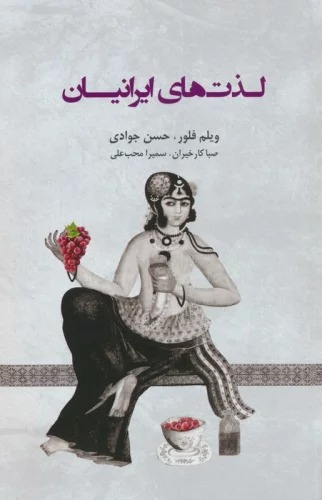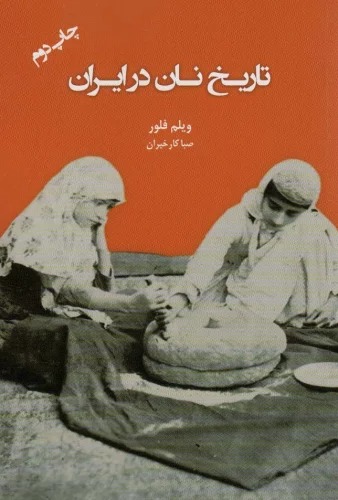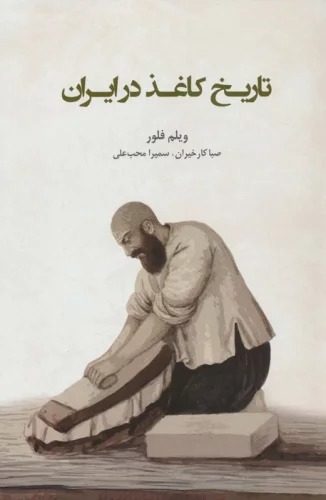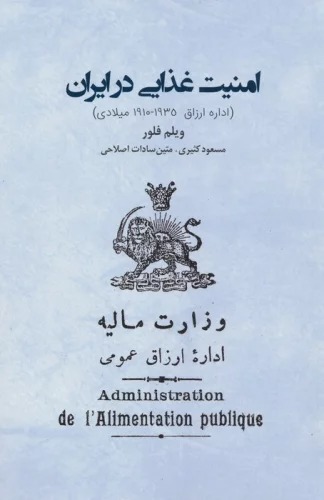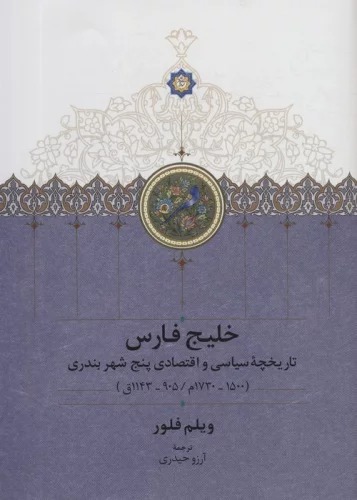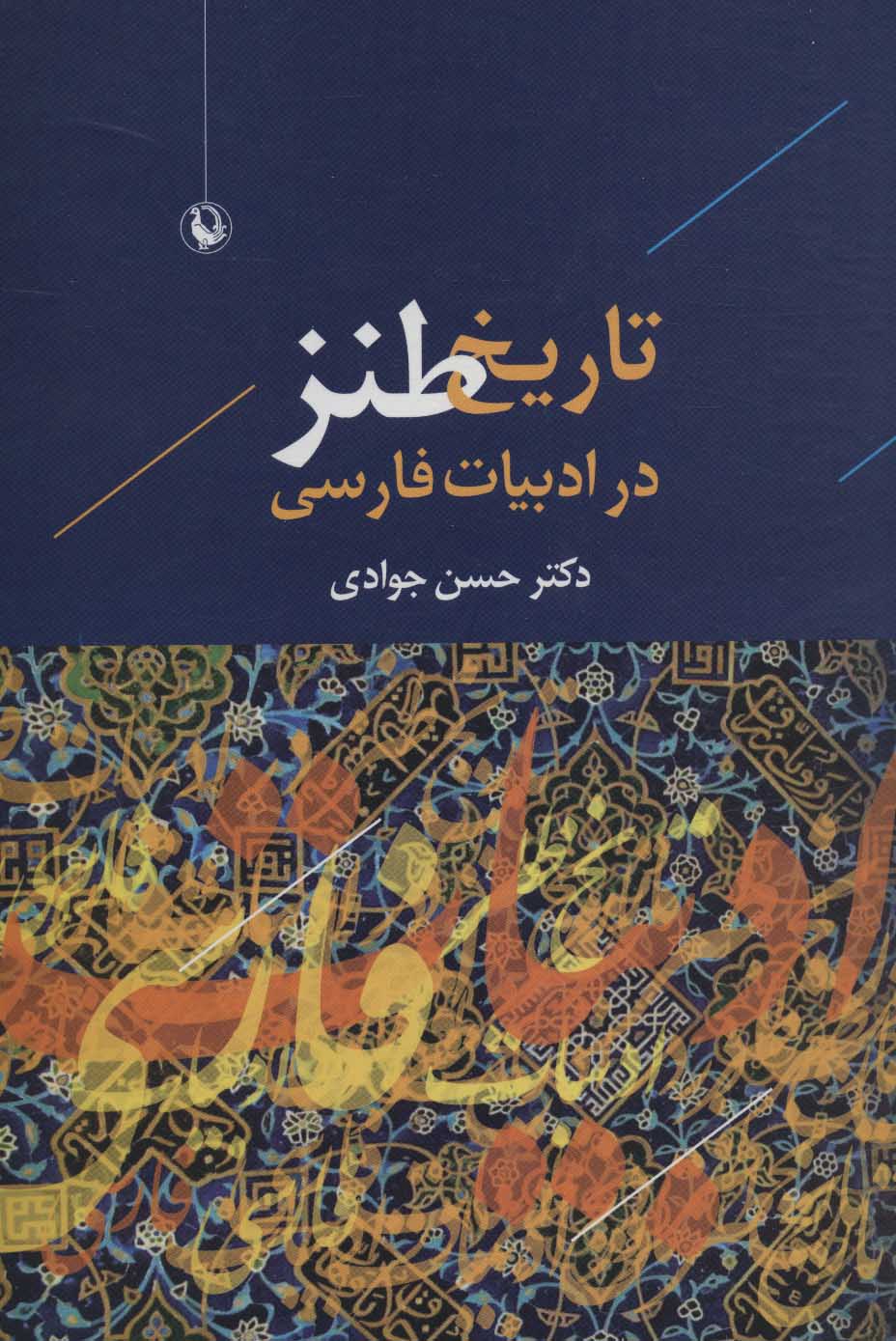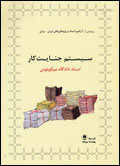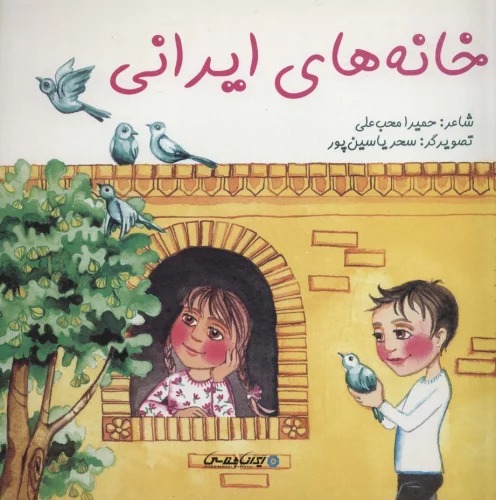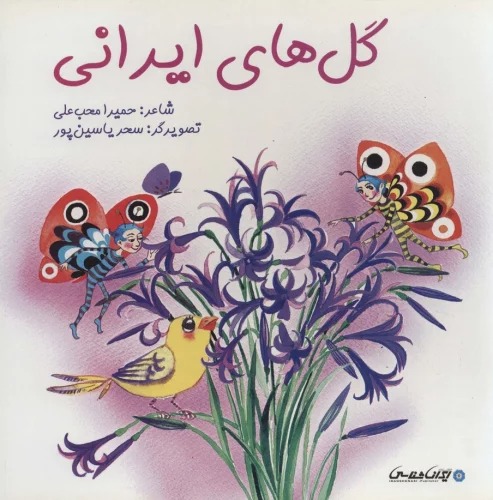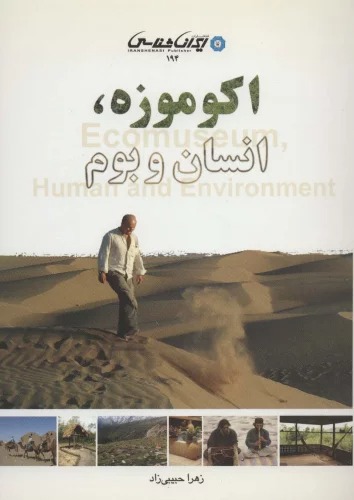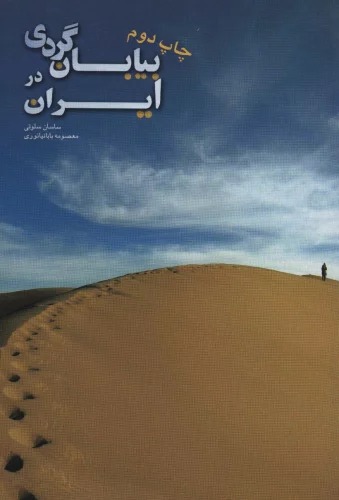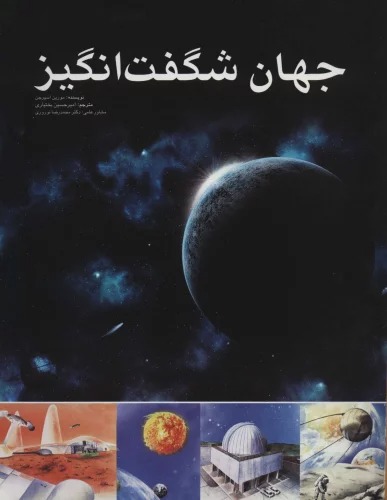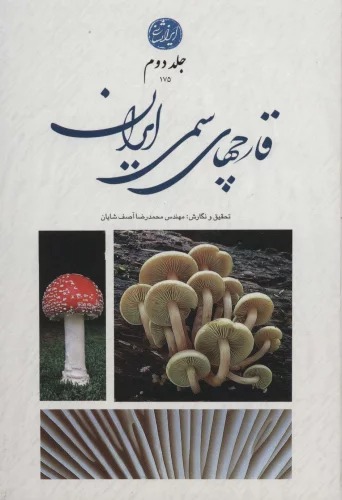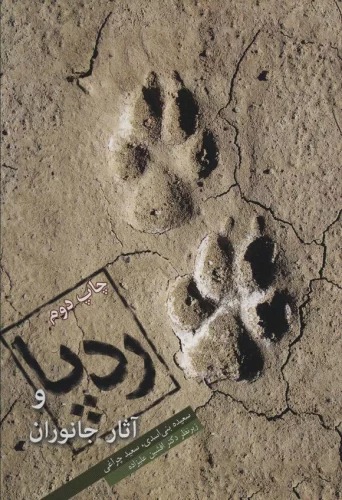Lizzat'hā-yi Īrānīyān: Persiska (Farsi) 1402
لذتهای ایرانیان
19,37 $
Dela
Wishlist
Originaltitel:
Persian Pleasures: How Iranians Relaxed Through the Centuries with Food
,
Drink and Drugs
ISBN:
9786008351696
Översättare:
Ṣabā Kārkhayirān
,
Samīrā Muḥḥib'alī
Förlag:
īrān shināsī
Åldersgrupp:
Vuxen
Sidor:
560
Vikt:
494 g
Produktmått:
14 x 21 x 5
,
1 cm
Bokomslag:
Pocketbok
Pleasure/keyf in the form of food, drink or drugs, is the subject of this book, which looks at how their consumption has played a key role in social interaction in Iran for the past 2,500 years and how this has evolved over time, shaped by changes in Iranian society and Persian culture as a whole.
Food has always been about more than just fuel: a meal is a feast for the senses, as well as an occasion to relax and be sociable, aspects that the many foreign travelers to Iran have commented upon over the centuries. One of the opening chapters allows us to see Iranian food and customs through foreign eyes in a fascinating overview of the subject. A further insight into Iranian food from the past is offered by the work of the fifteenth-century Persian poet Boshaq, nicknamed At'ameh/the Gourmet. Long before cooking became a television phenomenon in America, he decided that food made a good subject for poetry and his poems reveal what would have been on the menu for the well-to-do Iranians of his day.
Drinking together was even more of a social event in Iran than sharing food, in particular when enjoyed with regular companions and in the comfortable surroundings of a familiar social venue. The next two chapters look at the rise of the coffeehouse in the seventeenth century, important as a meeting place for various social, artisanal or political groups, to discuss ideas, swap news, or play chess and other games. We then see how, by the nineteenth century, Iran had transitioned from a country of coffee drinkers to a nation of tea drinkers and learn how coffeehouses turned into teahouses without even changing their name.
In the seventeenth century, tobacco from the New World was introduced to Iran and quickly became a passion, not to mention another pastime that could be enjoyed in the relaxing environment of the coffeehouse. Chapter seven takes an intriguing look at tobacco cultivation and Iranian smoking customs and paraphernalia through the ages, from the traditional water pipe to the modern cigarette, while an extensive later chapter provides wide-ranging analysis of the use of psychoactive drugs in Iran from the earliest times to the present in the most detailed study of the subject available to date.
Iranians were also once a nation of wine drinkers, and a substantial section of the book is devoted to tracing the history of wine production and consumption in Iran from its peak in imperial times to its gradual decline as Iranian society became more Islamic. Although alcohol and certain drugs have been considered unlawful in Islamic Iran at different periods, they have been tolerated to some extent because of the enjoyment and sociability they offer and because physical intoxication was/has been regarded by the Sufis as akin to the spiritual rapture experienced when in communication with the divine. The Islamic ban has even been seen as non-Qur'anic by some.
As a means of banishing melancholy arising from a sense of alienation felt by Iranians through the ages, sociability has always been very important, today more than ever, enhanced by the pursuit of keyf in all the forms presented here. Carefully researched and full of fascinating detail, Persian Pleasures takes a fresh look at a complex topic, with findings that, despite the apparent familiarity of their subject matter, may surprise the reader and give abundant food for thought.
more
«لذتهای ایرانیان» اثر ویلم فلور، پژوهش گستردهای در زمینۀ انواع مختلف لذت، مانند غذاها، نوشیدنیها و مواد مخدر است که در 2500 سال گذشته نقشی محوری در تعاملات اجتماعی ایرانیان داشتهاند. درواقع این کتاب به این موضوع میپردازد که چگونه این لذتها در کنار تغییرات جامعه و فرهنگ ایران، بهطور کلی تکامل یافتهاند.
کتاب ابتدا با تصویرسازی صحنههای تاریخی آغاز میشود و برای خوانندگان، مروری جذاب از آداب و رسوم و شیوههای آشپزی ایران از نگاه مسافران خارجی که در طول قرنها از ایران بازدید کردهاند، فراهم میکند. این گزارشها، دیدگاه منحصربهفردی را در مورد سبک زندگی ایرانی ارائه میکند که اهمیت وعدههای غذایی را بهعنوان تجربیات حسی و رویدادهای اجتماعی برجسته میکند. سپس، ویلم فلور، خوانندگان را به سفری در زمان میبرد و آثار شاعر ایرانی فراموششدۀ قرن پانزده، بسحاق را بررسی میکند. از آنجایی که غالب شعرهای بسحاق راجعبه غذا میباشد، وی معروف به «اطعمه» گردیده است. وی در شعرهایش سلیقۀ پیچیدۀ ایرانیان مرفه عصر خود را نسبت به غذاها را آشکار میکند و نگاهی اجمالی به ذائقه و طعمهای تاریخی غذاهای ایرانی میاندازد.
این کتاب همچنین به بررسی اهمیت اجتماعی نوشیدن در ایران با توجه به قهوهخانههایی که در قرن هفدهم میلادی ظهور کردند، میپردازد. در این بررسی نشان داده میشود که قهوهخانهها صرفا مکانهایی برای نوشیدن و لذتبردن نبودند، بلکه آنها مراکز پر جنبوجوش گفتمان فکری و سیاسی نیز به حساب میآمدند، جاییکه مردم برای تبادل اخبار، ایدهها و شرکت در بازیهایی مانند شطرنج، گرد هم میآمدند. پس از این، فلور گذار ایران را از یک ملت قهوهنوش به علاقهمندان به چای در قرن نوزدهم را تبیین میکند.
یکی دیگر از لذایذ مردم ایران، ورود تنباکو از دنیای جدید به ایران در قرن هفدهم است. فلور گزارش مفصلی از کشت تنباکو، آداب و رسوم سیگار کشیدن و ورود سیگارهای مدرن به ایران ارائه میکند. همچنین بخش قابل توجهی از کتاب به تاریخچۀ تولید و مصرف شراب در ایران اختصاص دارد. فلور تاریخ تولید و استفادۀ شراب را از زمان شاهنشاهی ایران تا افول آن با اسلامیتر شدن جامعۀ ایران به تصویر میکشد. بهعلاوه، در این کتاب تحلیلی گسترده از مصرف داروهای روانگردان در ایران، از دورانباستان تا امروز ارائه شده است.
در پایان باید خاطرنشان شد که این کتاب یک بررسی تاریخی و جامع دربارۀ انواع مختلف لذتهای فردی در ایران طی چندین قرن است که علاوهبر استفادههای آکادمیک برای دانشجویان و مورخان، میتواند در آشنایی عموم مردم ایران با بخشی از تاریخ طویل کشور خود بسیار کمک کننده باشد.
more

